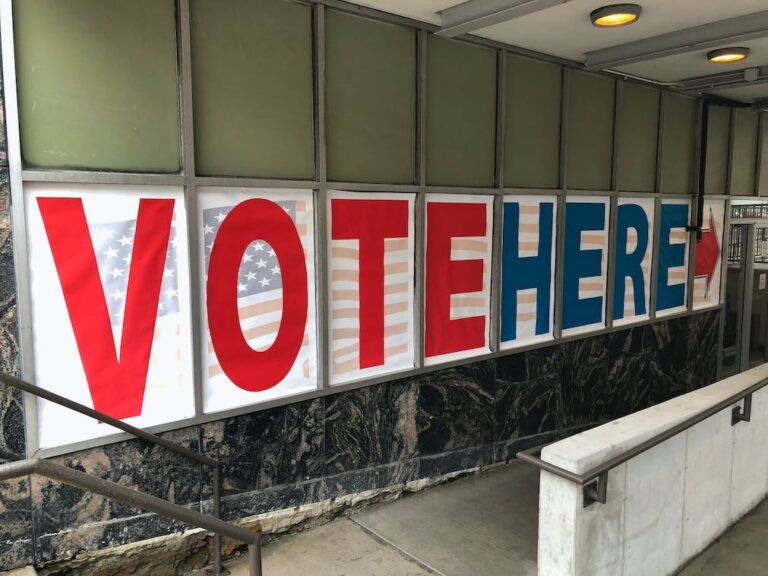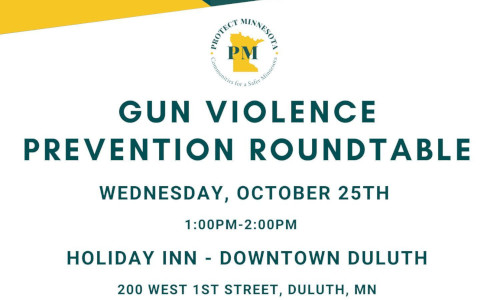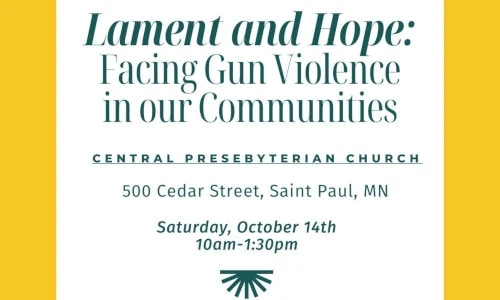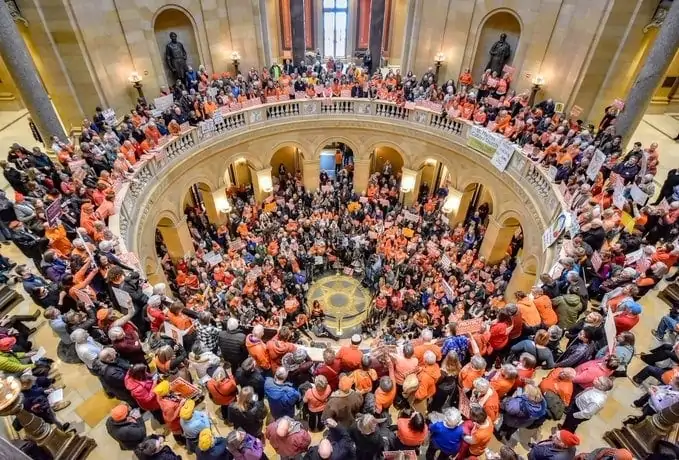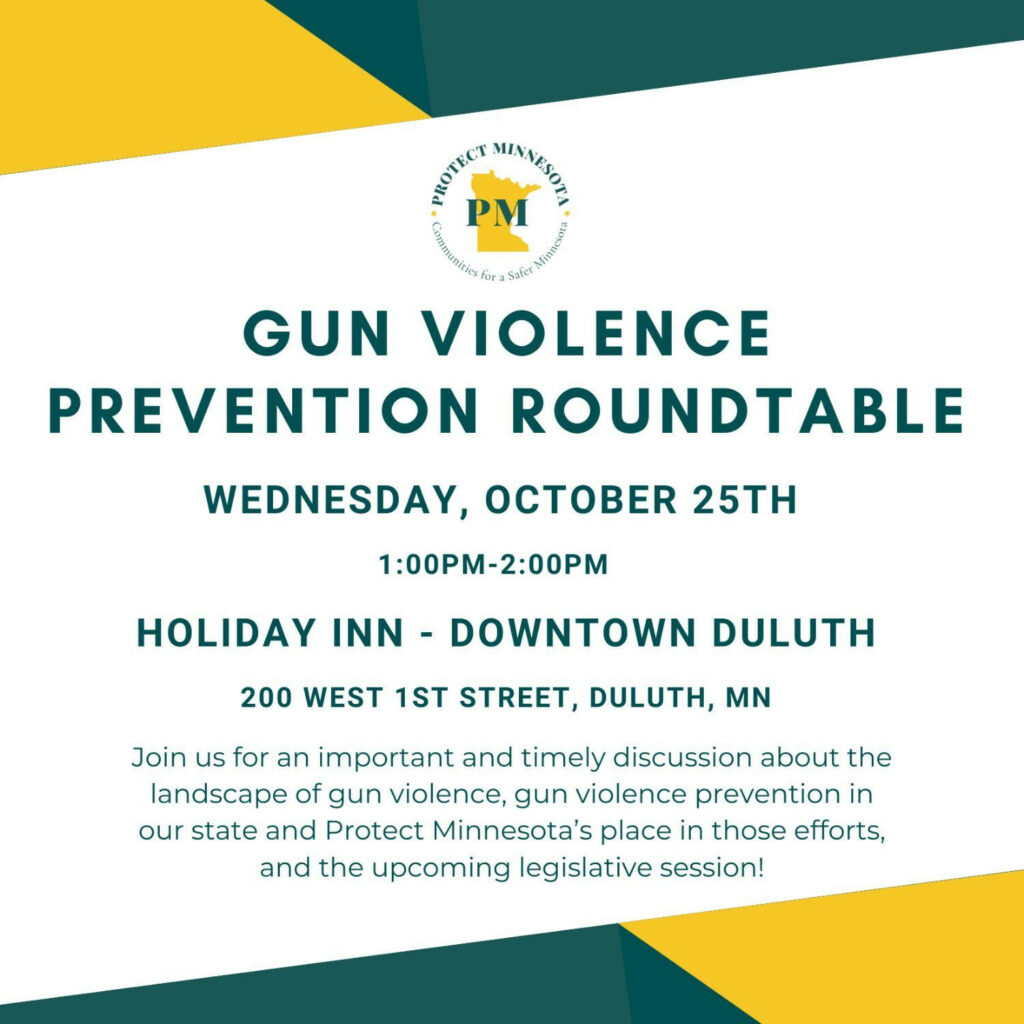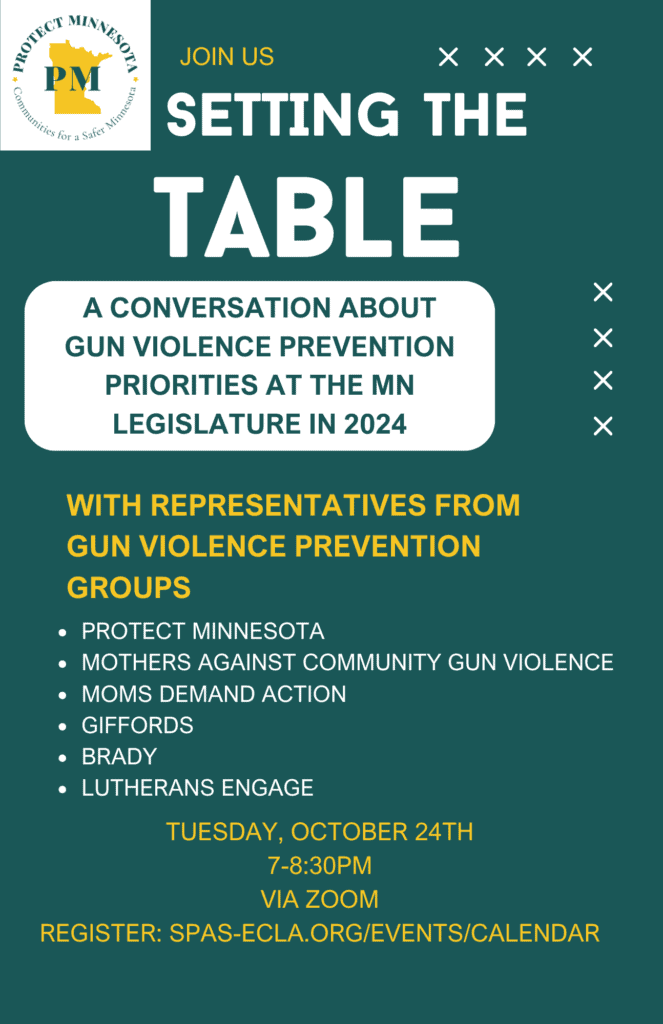Laws and policies related to guns is an issue that frequently sparks passionate discussions and strong opinions. Those in favor of reducing gun violence maintain that new and improved gun-related laws can reduce gun-related violence and make communities safer. On the other hand, individuals opposed frequently cite the Second Amendment and the idea that a society with more guns will have fewer crimes. This page offers responses to some of the key points made by the pro-gun lobby, including the claim that the Second Amendment ensures an unfettered right to possess weapons and the claim that “guns don’t kill people, people do.”
Table of Contents
That would be unconstitutional because the Second Amendment cannot be infringed.
No constitutional right is absolute. In the Heller decision, Justice Antonin Scalia wrote: “Like all rights, the rights secured by the Second Amendment are not unlimited. Nothing in our opinion should be taken to cast doubt on longstanding prohibitions on the possession of firearms by felons and the mentally ill, or laws forbidding the carrying of firearms in sensitive places such as schools and government buildings, or laws imposing conditions and qualifications on the commercial sale of arms.” So, according to the Supreme Court, the government can set limits on who can possess a gun, where guns can be carried, which guns can be sold and who can sell them.
Conditions can’t be placed on a constitutional right.
We have freedom of speech in America, but can’t yell fire in a theater. We have freedom of religion, but can’t wear a burka that covers the face in our driver’s license photo. We have freedom of assembly and peaceful protest, but Minnesota Republicans want to require protesters pay the costs of law enforcement. We have a constitutional right to marry a male or a female of any race, but in Minnesota, you can’t marry anyone under the age of 16, even with their parent’s approval–and are required to pay for a marriage license. We have freedom of mobility to travel public roadways, but can’t drive a golf cart on the freeway, and are required to pay for and complete a driver’s education course, pass a test, pay for the driver’s license and car insurance, and follow all traffic regulations. The Supreme Court has consistently upheld the “clear and present danger” standard that says one person’s constitutional rights end where another’s health and safety begin.
It’s a slippery slope from there to registration and confiscation of all guns.
Federal law expressly prohibits the use of the National Instant Criminal Background Check System (NICS) to create any system of registration of firearms or firearm owners. Minnesota State Law prohibits the collection of ANY data regarding legal gun ownership. The Supreme Court has determined that the Second Amendment protects the rights of individuals to own firearms. A bill to overturn the Second Amendment would need to be approved by both houses of Congress by a two-thirds super-majority and then ratified by three-fourths of state legislatures. And with 300 MILLION guns in the United States,where would confiscation efforts even start?
Guns don’t kill people, people kill people.
People with guns kill peoples, and at an alarming rate. The people who are taking over 33,000 American lives every year are not using brain waves or the evil eye. They are using guns—which kill more people than all other methods of killing put together. If we want to reduce gun violence we need to focus on guns.
The problem isn’t guns, it’s mental illness.
Mental illness is only a factor in interpersonal (non-suicide) gun violence 4% of the time, while the possession of a gun is a factor 100% of the time. Mental illness IS an important factor in suicide, and the first rule in preventing suicide is limiting access to lethal means. Guns are by far the most lethal means of suicide. Studies have shown that people are “successful” at committing suicide by gun 83% of the time, verses 1.5% of the time by drug overdose, and 1.2% of the time by cutting their wrists. Since 82% of all gun deaths in Minnesota are suicides, we must focus on limiting access to guns by those who are at risk of taking their own life.
Criminals don’t obey the law.
We need to enforce the laws we have, not make new laws.
We would be safer if more “good guys” carried guns; otherwise only the “bad guys” will be armed.
Gun-free zones make good people “sitting ducks.”
We need an armed citizenry to defend against a tyrannical government.
That wouldn’t stop all gun deaths from happening.
Most gun violence is “black-on-black” and gang-related; why take away my rights?
You’re just anti-hunting.
Take Action
Click the button below to find ways to become involved in our efforts to prevent gun violence in Minnesota.


